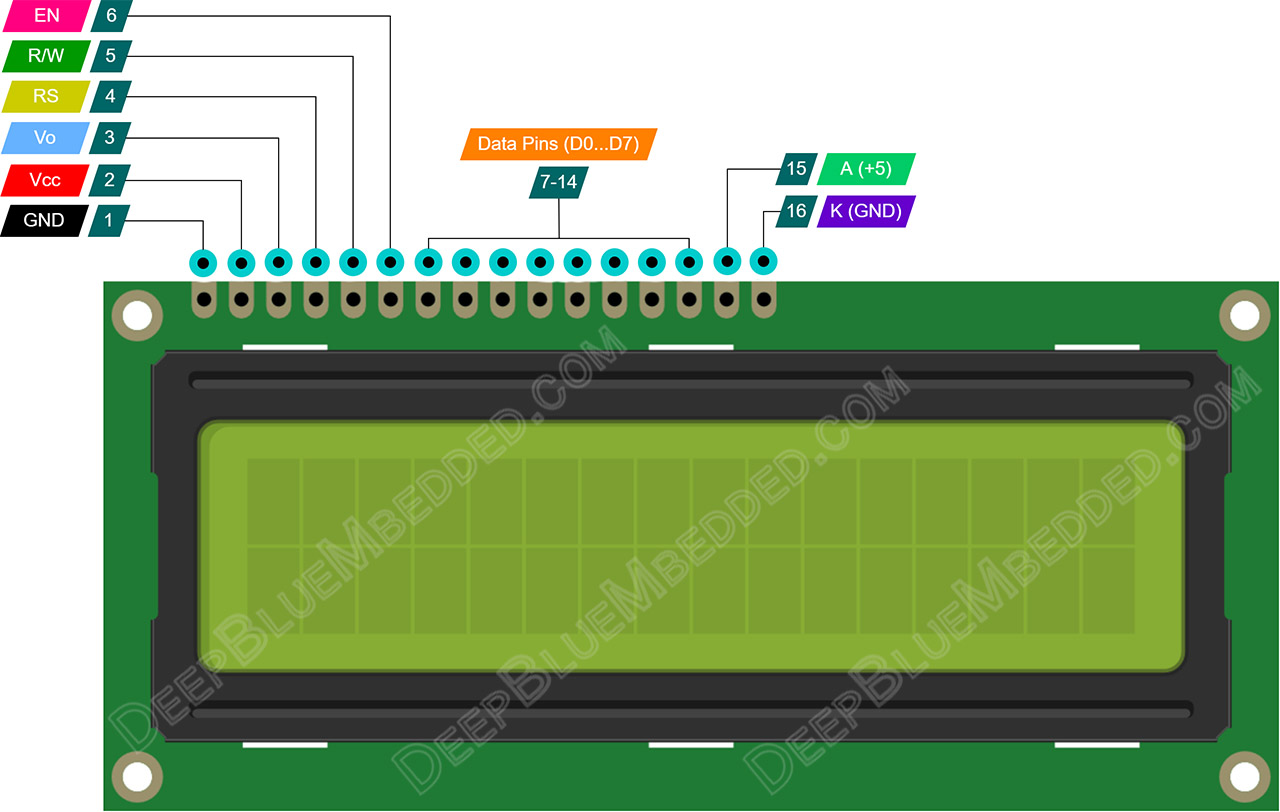

The code below will read a character from the serial connection from your computer and write it to the display. It turns out that I2C has fantastic support in Arduino, Wire.h contains all you need. We use different kinds of displays: LCD display without I2C connection.
#LCD 5 WIRE ARDUINO HOW TO#
In this tutorial you learn how to connect your microcontroller with a LCD display and how to make your first sketch to display whatever you want on the LCD screen. Connect those two up to the display (the display docs show which pins SDA and SCL are) and you are ready to write the code to control it. LCD Display Tutorial for Arduino, ESP8266 and ESP32. The display needs power, that is easy enough, and then there are just two wires to connect from the Arduino – Analog pin 4 for is SDA, analog pin 5 is SCL. The LCD & Keypad Shield requires a good 5V power supply to ensure the backlight fully illuminates and the display contrast is high, and if you power your Arduino from USB with the LCD Shield attached you may experience a voltage drop over the USB cable. It turns out that getting the display to work with my Aruino Uni, using I2C is rather trivial. Fortunately the display also supports I2C as an interface (some similar, but newer, models also contain a 1-wire interface and a temperature sensor built in). 480×320 Pixels, with colorful and 18-bit, 262,000 different kinds of shade.

It can control the backlight to connect the transistor to a digital pin. The display is a LK204-25, which is a brilliant little serial display, with support for a 25 button keypad and six outputs that can be used to control power to something else.īeing a serial display, I could just write to it from my Arduino using the serial interface, but that would mean that I lose the ability to communicate with my Arduino from my computer over serial. Features: 3.5 diagonal LCD TFT display, with bright 4 white-LED backlights, default state: on. I had a spare Matrix Orbital 20×4 character LCD floating about so I decided to try and connect it up to my Arduino.


 0 kommentar(er)
0 kommentar(er)
